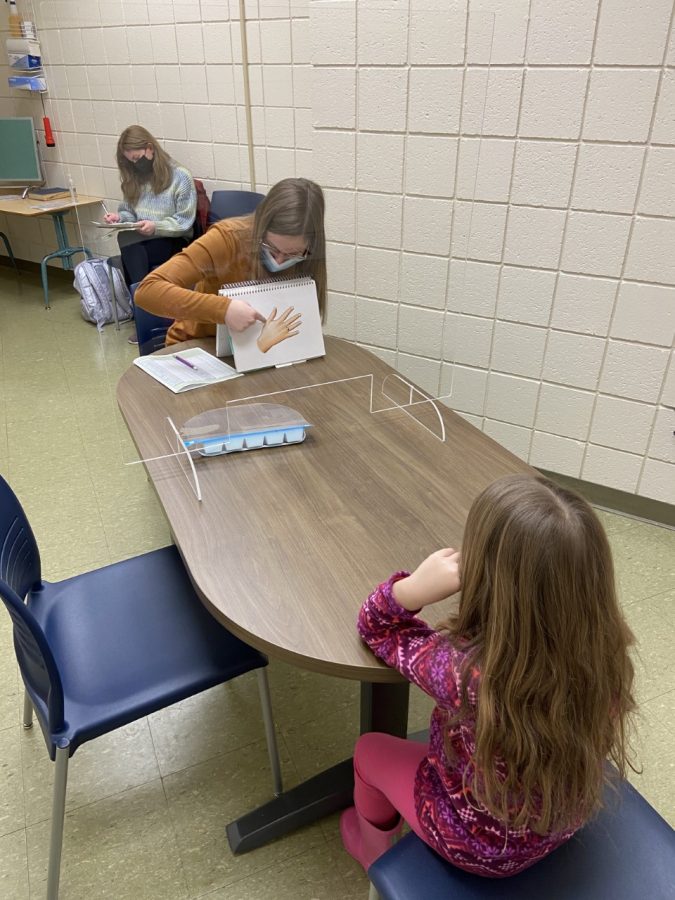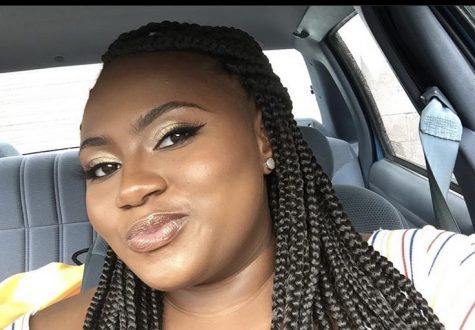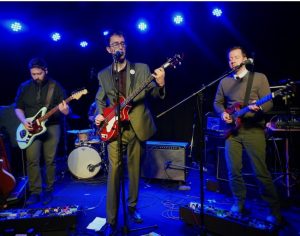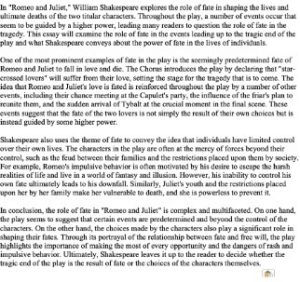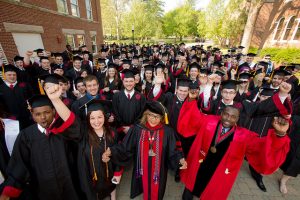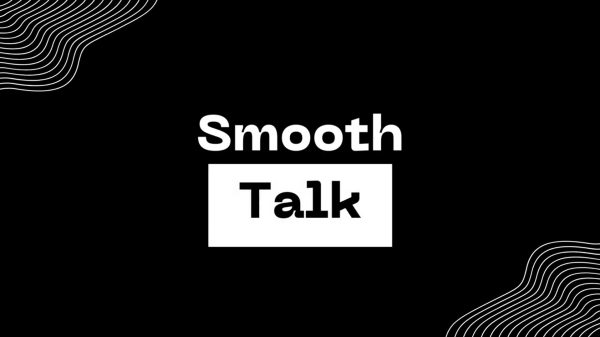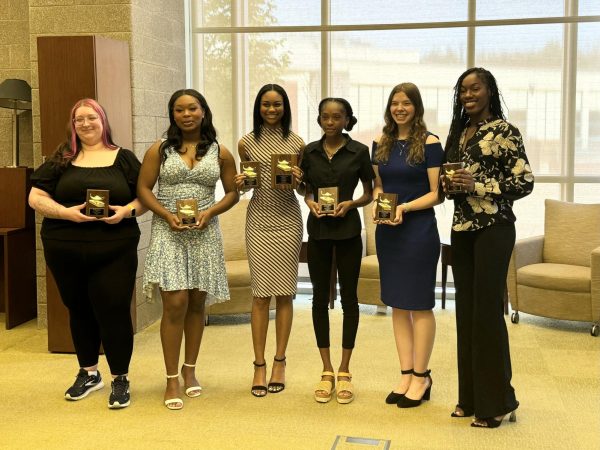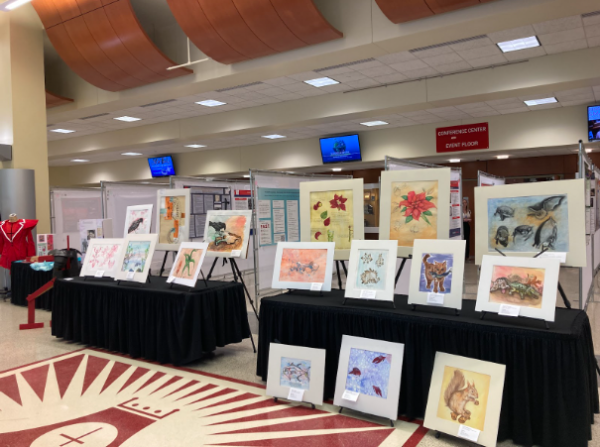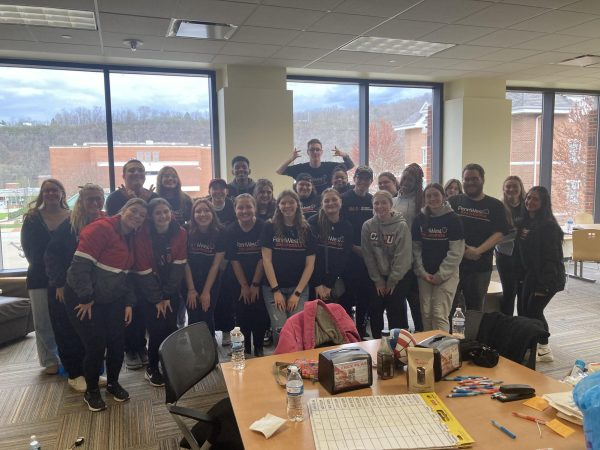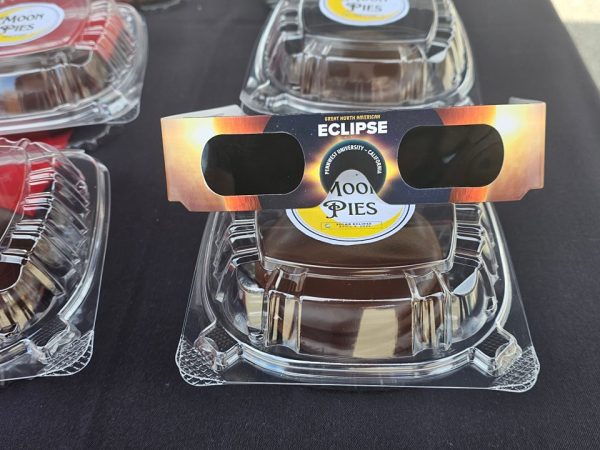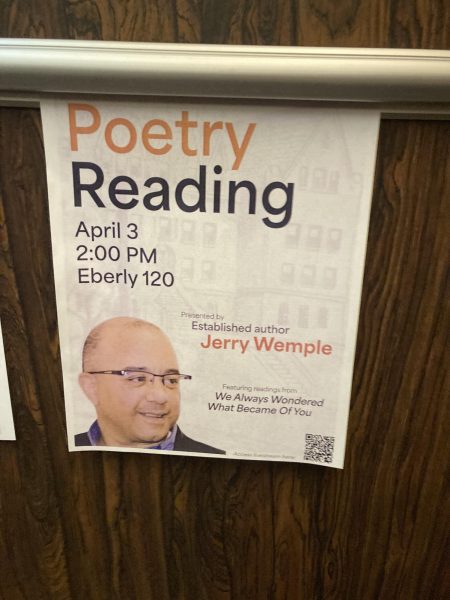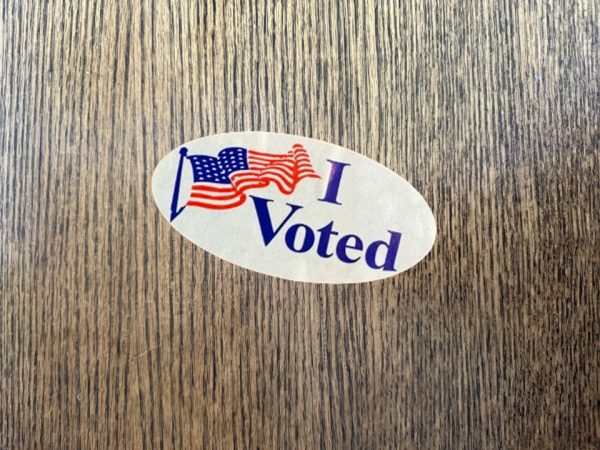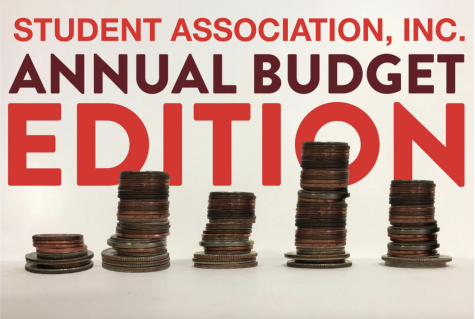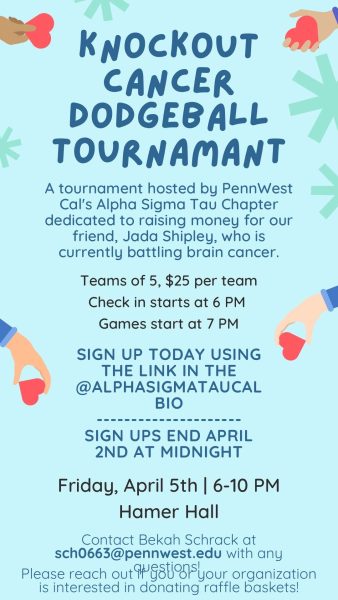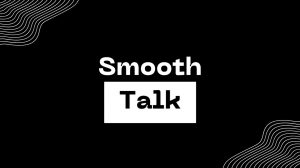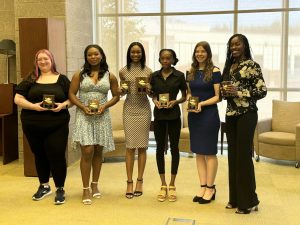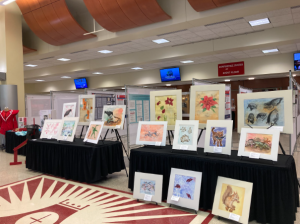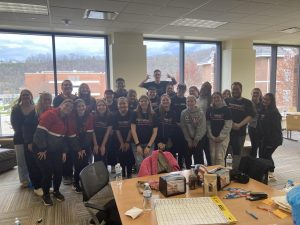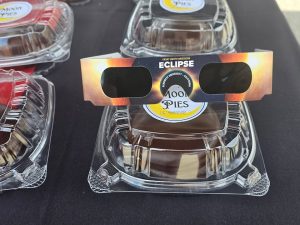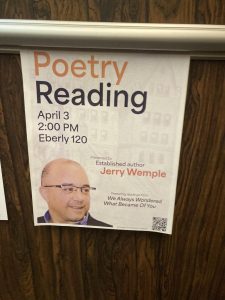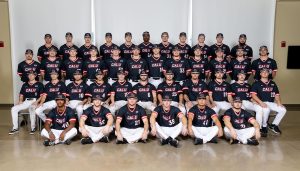Cal U professors adjust to a hybrid version of teaching
As Cal U reopens at level 3 operations, on-campus classes will move forward at a 50% capacity
A transparent window mounted on the tabletop at the speech-language and hearing clinic in Morgan Hall serves as a protective barrier to help prevent the spread of novel coronavirus (COVID-19).
February 18, 2021
Cal U’s spring 2021 semester professors are teaching a mix of in-person and online delivery. Given the pandemic, there are still distance restrictions and face mask requirements. Students are given the option this semester to stay home or return to in-person learning.
First-year professor Sheri Lake of the communication disorder program is teaching completely remote. Lake is the clinical supervisor program director at the Learning and Language Center at Cal U. The center is a preschool for graduate and undergraduate students to work directly with the children as part of their clinical experience. This preschool is completely remote this semester.
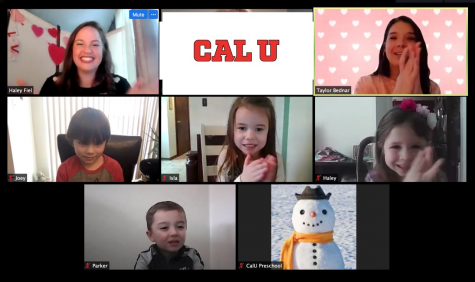
“We have a preschool, our graduate school clinicians log into Zoom same as three to five years olds and they teach preschool virtually,” said Lake.
Every Monday, Lake and her graduate students meet virtually to have a workshop session. In this session, they go over the curriculum and developmental activities. The center takes the PA core standards curriculum and makes it virtual for students.
Lake says the biggest adjustment for her has been the inability to have direct contact with students. She enjoys to mentor and spend time after class talking with students.
Yet, that is not possible anymore. Lake would be happy if her class could operate in person next semester. If this was to happen the graduate students would be able to return, the preschoolers would not.
“If Cal brings students back to campus then we would be providing remote instructions from campus,” said Lake.
April Wright, a third-year clinical professor, is the director of the speech and hearing clinic at Cal U. This clinic is at undergraduate and graduate-level speech therapy and speech development. Since the pandemic, the clinic has switched to teletherapy sessions. The clinic utilizes screen share a lot during the teletherapy sessions to make it interesting
“We utilize a lot of screen share, to try to do some fun interactive stuff for the clients in the game format,” said Wright.
Since the pandemic, the clinic has gained and lost some clients given the online switch. The loss of clients was tough considering that they still needed the help but just didn’t have access to the internet.
“The hardest parts were losing the kids and adults, therapy clients that I know needed us the most,” said Wright.
The clinic has gained a variety of new clients with Parkinson’s disease and other neurological diseases. The clinic has also gone hybrid, a mix of sessions are still teletherapy and some are face to face. The clinic offers free telehealth sessions for children and adults with speech and hearing disorders.
Since returning the clinic consists of social distancing in their waiting room, a glass barrier between the clinician and client and temperatures are taken for everyone.
Besides the health and human services department that Lake and Wright work for, there is also a health science department. This department has also been taking a hybrid approach this semester. Adjustments for the health science department have been unique as students partner up to take turns working with each other through hands-on class and lab assignments in health science courses.
Jeffrey Giovannucci, a six-year professor, has been juggling teaching athletic training courses, anatomy and physiology II. Altogether he is teaching five classes this semester, all these classes are in person.
Students work hands-on in the classroom and with athletes to perform clinical examinations. “Our athletic training students are trained in the classroom and clinically to examine, assess, and diagnosis injuries, through experiential or practical learning,” according to Giovannucci.
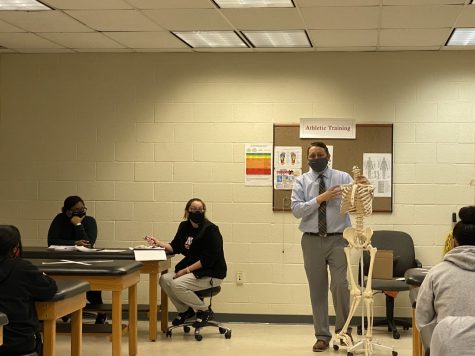
“Just like you go to the doctors and say you hurt your knee, the doctor comes in and evaluates your knee and identifies that you have some type of injury, our students are trained to do that,” said Giovannucci.
Adjustments have not been as tough considering most of the work that the athletic training work is done in person. Giovannucci just as 13-year professor Shelly DiCesaro prefers to teach in person.
“The fall was harder because I would say before midsemester I was looking at 35 black screens. It felt like I was teaching randomly to my computer screen every day,” said DiCesaro.
DiCesaro is the director of the athletic training program. She is currently teaching healthcare for special populations in the hybrid model. This class is about physiological changes in the human life span. This class is for students going into health science which usually is physical therapy and occupational therapy. Students work with partners to get an understanding of the difficulties of working in their field.
“One of the labs we typically do is a visually impaired lab, so I would have them teamed up and one person would be the clinician and the other would be a blindfolded patient that is visually impaired and they would have to run them through some exercise and practice guiding them,” said DiCesaro.
Labs like this teach the students how important it is to visually communicate with someone that is visually impaired. DiCeasro passes out a paper where the students practice a checklist of assessments the students have to make on each other. When giving advice to other professors, DiCesaro mentioned giving her student one day off from class as a mental health day.
“I was blown away by how many students emailed me after that and thanked me and flat out said I didn’t know how much I needed this,” said DiCesaro.

